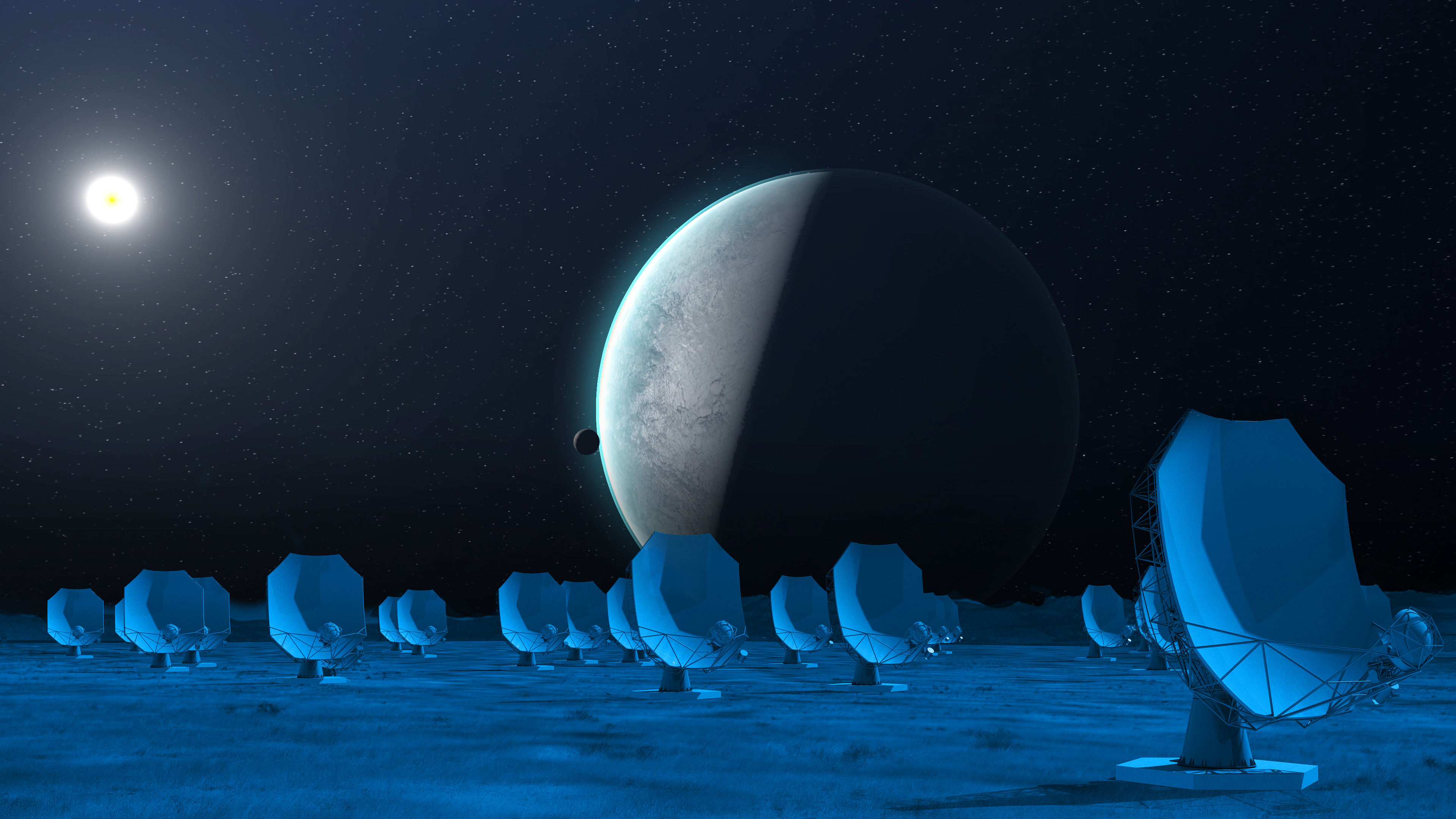Daily Image
04-11-2021Colloquium: A Next-Generation Very Large Array: Overview and Project Update
| Submitter: | Eric Murphy |
| Description: | The next-generation Very Large Array (ngVLA) is being designed as a versatile interferometric array envisaged to operate as a facility of the U.S. National Science Foundation (NSF), starting in the 2030s. Building on the superb cm/mm observing conditions and existing infrastructure of the VLA site, it will deliver an order of magnitude improvement in both sensitivity and angular resolution compared to existing and planned facilities at frequencies spanning 1.2 - 116 GHz. The ngVLA will also greatly expand current U.S. VLBI capabilities by both replacing existing VLBA antennas/infrastructure with ngVLA technology and adding additional stations on 1000 km baselines to bridge the gap between baselines across the U.S. Southwest and present VLBA baselines. The ngVLA will be optimized for observations in the spectral region between the superb performance of ALMA at sub-mm wavelengths, and the future Phase I Square Kilometer Array (SKA-1) at decimeter and longer wavelengths, thus lending itself to be highly complementary with these facilities and act as a final piece in a global suite of transformational radio capabilities to be utilized by the entire astronomical community. Consequently, the ngVLA will tackle a vast range of key, outstanding questions in modern astrophysics by simultaneously delivering the capability to: unveil the formation of Solar System analogs on terrestrial scales; probe the initial conditions for planetary systems and life with astrochemistry; chart the assembly, structure, and evolution of galaxies from the first billion years to the present; use pulsars in the Galactic Center as fundamental tests of gravity; and understand the formation and evolution of stellar and supermassive black holes in the era of multi-messenger astronomy. Being highly synergistic with its contemporary facilities in space, on the ground, or underground, the ngVLA will maximize the scientific returns on additional investments made by funding agencies in the U.S. and abroad. In this talk I will provide an overview of the broad ngVLA science case, an update on the project status, and discuss its complementarity with other instruments and facilities anticipated in the coming two decades. |
| Copyright: | CC-BY-SA-NC (Credit: NRAO/AUI/NSF) |
| Tweet |  |
